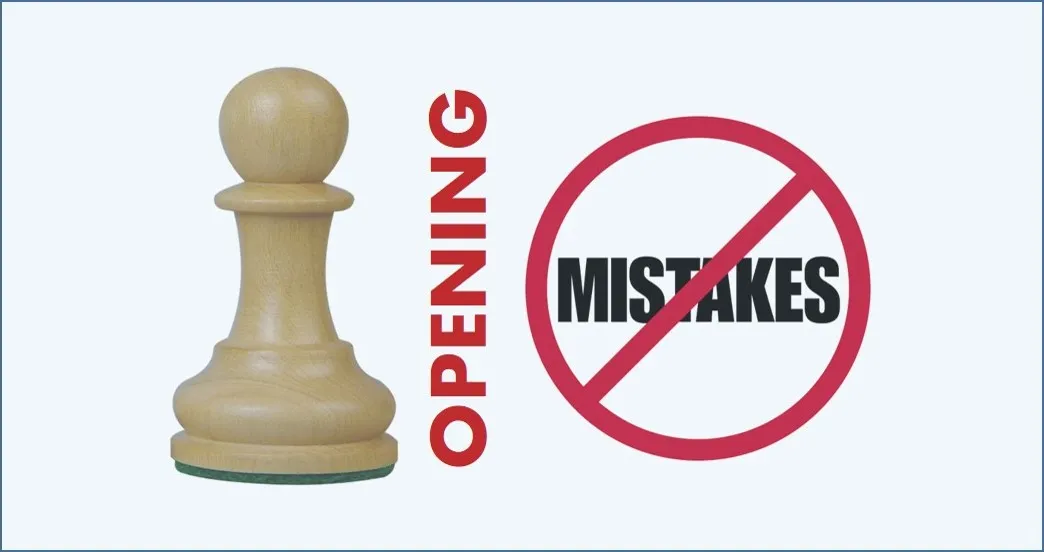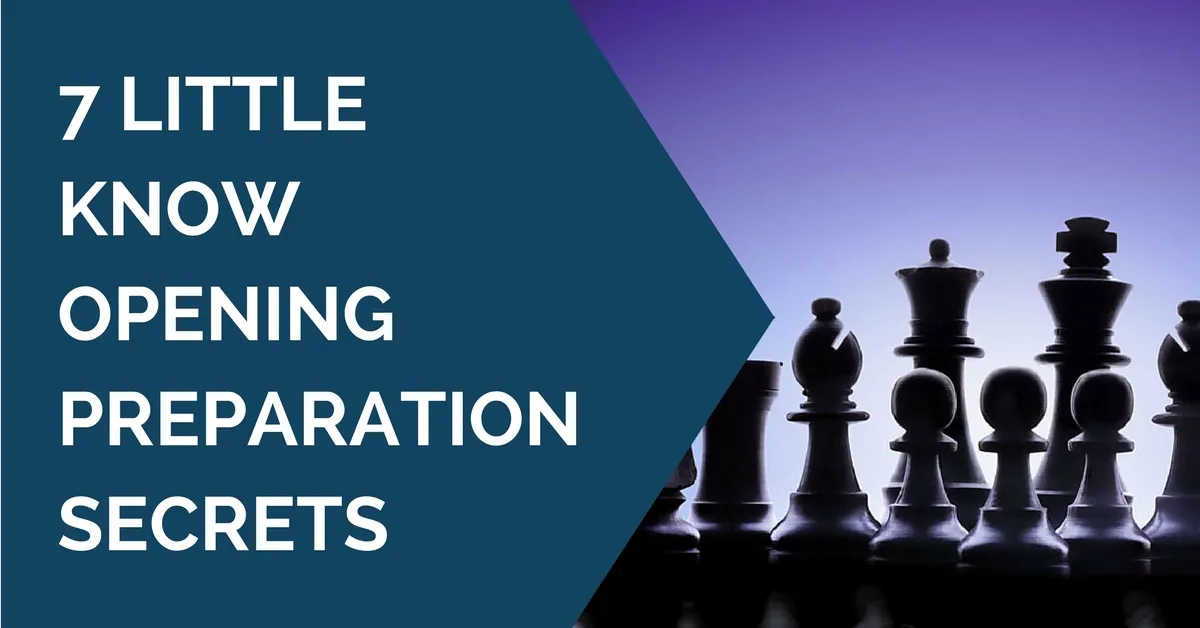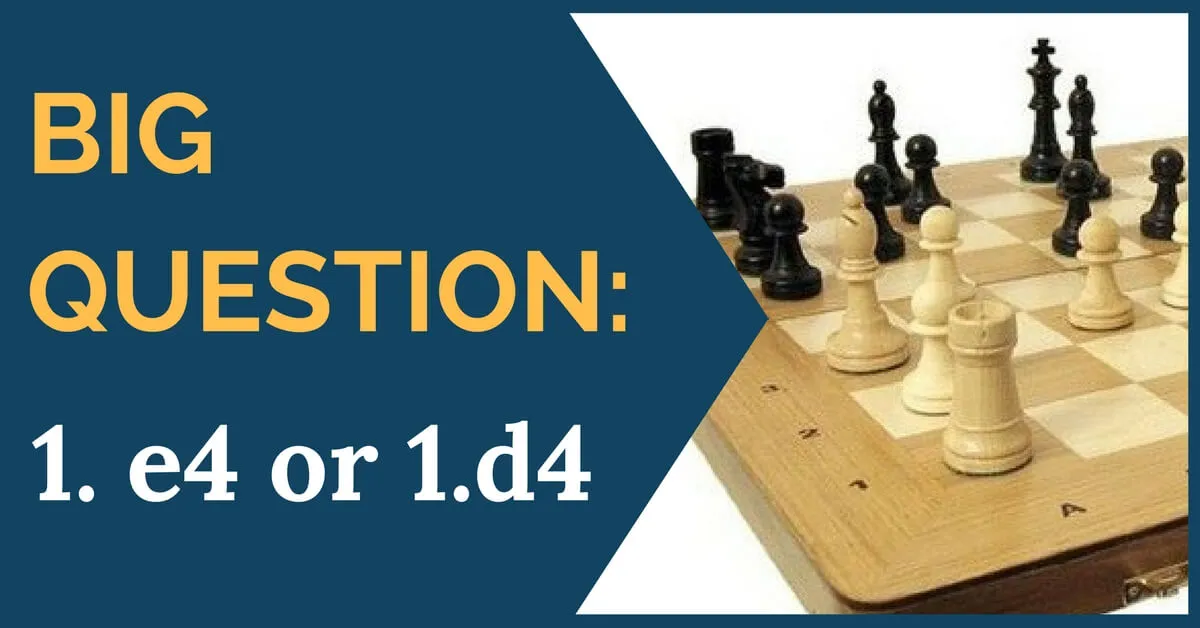Top 5 Opening Mistakes Most Chess Players Are Still Making

Today we will talk about the most common opening mistakes that many chess players around the globe are making subconsciously, without realizing that they are doing something wrong. These mistakes are easy to spot and fix, but you need to know what to look for. Here they are:
1. Neglecting development
Every chess player knows that the goal of the opening is to develop pieces. A player which does it more efficiently and correctly possesses an advantage in the early middle game. Due to development advantage he can start an attack sooner, without compromising his own king’s safety. These players often win the game in early middle-game with an impressive attack on the king stuck in the center (this is particularly important theme and we pay a lot of attention practicing attack on the king at the center in our chess training course) or struggling from undeveloped pieces.
Sounds great isn’t it? Why many players neglect development and lose games? There are 3 reasons for that:
I. These players get greedy in the opening, grabbing an extra pawn and sacrificing 2-3 important development tempos.
II. These players move one piece multiple times for no good reason. A ‘good reason’ is defined in this case as ability to win a significant amount of material due to some sort of tactics, or to deliver a checkmate.
You should be careful though, since you may waste many important tempos on winning material, which you may never get and end up being far behind in development (aka lost).
III. These players may not know where exactly to develop their pieces (we will talk about this case in one of the sections below).
Take a look at the game below that clearly demonstrates what happens to ones who neglect the development:
H. van Oostrum – Bokern, 1967
2. Launching an unprepared attack
Most chess players know that in the opening they supposed to develop pieces, castle, connect the rooks, occupy the center and only then launch an attack. However, if they see a possibility to check an opponent or attack some of his pieces they will go for it even if that does not promise any material gain and requires early queen development.
You should always keep in mind that unprepared attack will delay your development, since you most likely, will have to retreat sooner or later making unnecessary moves and losing tempos.
The best strategy is to complete the development and only then launch an attack. Otherwise, you can end up playing the opening when your opponent has already entered the middle game (trust me, you don’t want that).
3. Delaying castling
Castling is a very important part of development. Not only castling puts your king to safety but also connects the rooks. There are reasons when it is dangerous and even deadly to castle, but these are more exceptions than general cases, mostly caused by lag in development in the first place.
In most openings it is best to castle quickly and continue on with the game without too much worrying about possibility of the king getting exposed and vulnerable.
4. Not having a middle game plan
The simplest way to play the opening is to develop chess pieces to the positions where they appear stronger. Bishops should be developed on open diagonals, rooks on open files and knights at the center. However, the best approach for playing the opening is to know exactly where to position your pieces according to your middle-game plan.
For example, if you are planning an attack on short side castled opponent’s king you need to place the bishop on a long diagonal, bring up the knight and a queen. You may also want to position the rook in such a way that you can lift it quickly when needed.
When developing pieces always think about your future middle game plan. That way you can save yourself many important tempos and obtain an advantage. In the final run that could be the difference between checkmating or being checkmated.
5. Playing intuitively
Playing intuitively means making decisions based upon feelings rather than calculations. Unless you are 2500 rated, you probably should not rely on your intuition too much. This is how games end with under 10 moves checkmates.
The rule of thumb is to evaluate the position at least 2-3 moves ahead, also taking into account the basic chess opening principles.
You may also want to checkout our blunder avoidance guide in 21 Days to Supercharge Your Chess Training Program.










Comments: